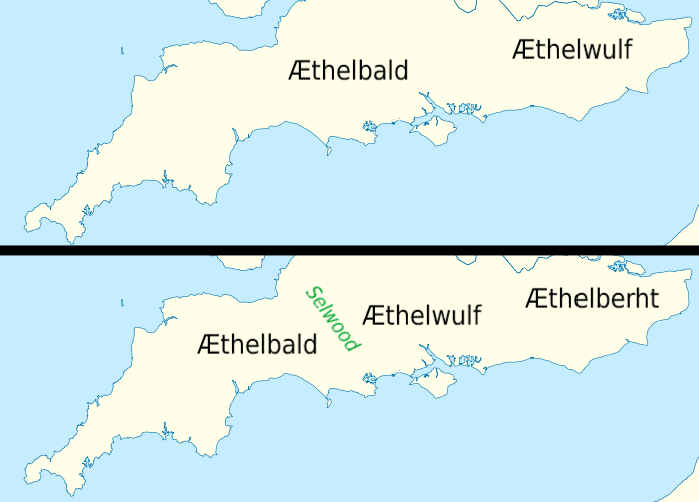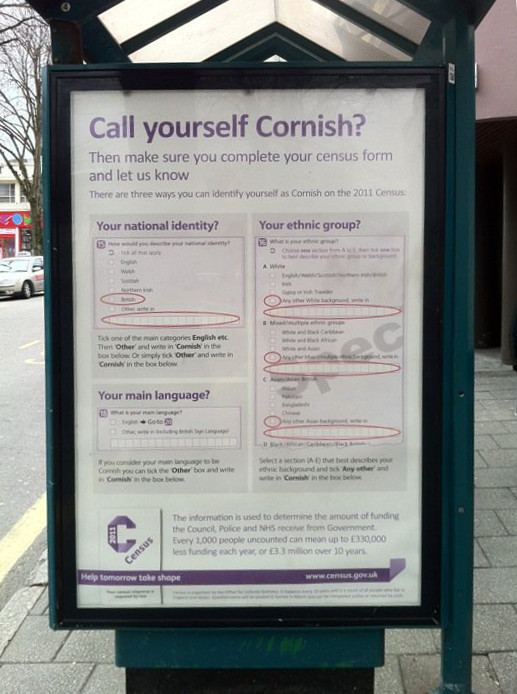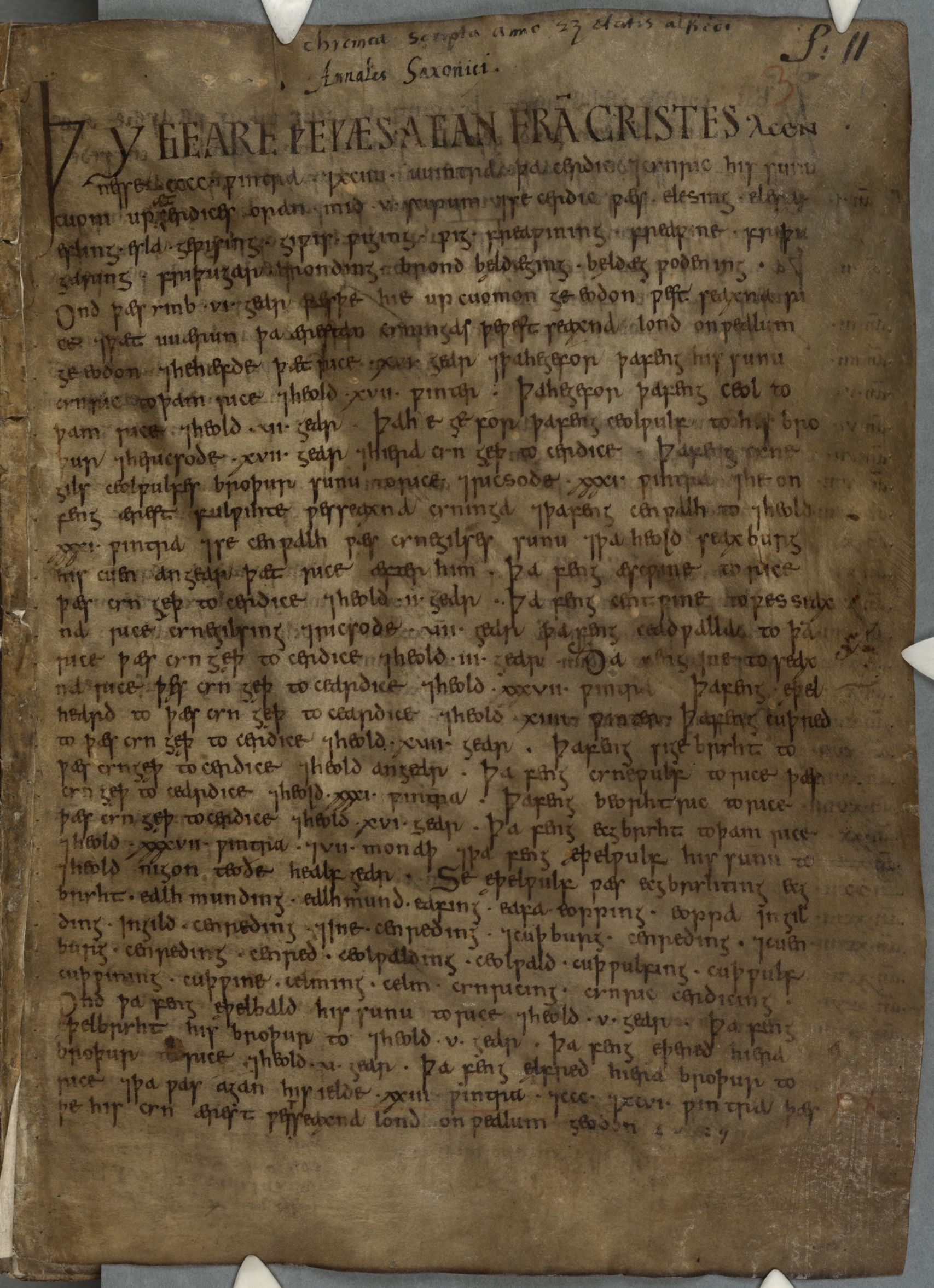|
Æthelbald, King Of Wessex
Æthelbald (died 860) was King of Wessex from 855 or 858 to 860. He was the second of five sons of King Æthelwulf. In 850, Æthelbald's elder brother Æthelstan defeated the Vikings in the first recorded sea battle in English history, but he is not recorded afterwards and probably died in the early 850s. The next year Æthelwulf and Æthelbald inflicted another defeat on the Vikings at the Battle of Aclea. In 855 Æthelwulf went on pilgrimage to Rome and appointed Æthelbald King of Wessex, while Æthelberht, the next oldest son, became King of Kent, which had been conquered by Wessex thirty years earlier. On his way back from Rome, Æthelwulf stayed for several months with Charles the Bald, King of the Franks, whose twelve-year-old daughter Judith he married. When he returned to England in 856, Æthelbald refused to give up the crown. Most historians believe that Æthelbald continued to be king of Wessex while Æthelberht gave up Kent to his father, but some think tha ... [...More Info...] [...Related Items...] OR: [Wikipedia] [Google] [Baidu] |
King Of Wessex
This is a list of monarchs of Wessex until AD 886. For later monarchs, see the List of English monarchs. While the details of the later monarchs are confirmed by a number of sources, the earlier ones are in many cases obscure. The names are given in modern English form followed by the names and titles (as far as is known) in contemporary Old English (Anglo-Saxon) and Latin, the prevalent languages of record at the time in England. This was a period in which spellings varied widely, even within a document. A number of variations of the details below exist. Among these are the preference between the runic character ''thorn'' (Þ, lower-case þ, from the rune of the same name) and the letter '' eth'' (Ð or ð), both of which are equivalent to modern ⟨th⟩ and were interchangeable. They were used indiscriminately for voiced and unvoiced /th/ sounds, unlike in modern Icelandic. ''Thorn'' tended to be more used in the south (Wessex) and ''eth'' in the North (Mercia and Northumbr ... [...More Info...] [...Related Items...] OR: [Wikipedia] [Google] [Baidu] |
King Of The Franks
The Franks, Germanic-speaking peoples that invaded the Western Roman Empire in the 5th century, were first led by individuals called dukes and reguli. The earliest group of Franks that rose to prominence was the Salian Merovingians, who conquered most of Roman Gaul, as well as the Gaulish territory of the Visigothic Kingdom, in 507 AD. The sons of Clovis I, the first King of the Franks, conquered the Burgundian and the Alamanni Kingdoms. They acquired a province, called Provence, and went on to make the peoples of the Bavarii and Thuringii their clients. The Merovingians were later replaced by the new Carolingian dynasty in the 8th century. By the late 9th century, the Carolingians themselves had been replaced throughout much of their realm by other dynasties. A timeline of Frankish rulers has been difficult to trace since the realm, according to old Germanic practice, was frequently divided among the sons of a leader upon the leader's death. However, territories we ... [...More Info...] [...Related Items...] OR: [Wikipedia] [Google] [Baidu] |
Cornishmen
The Cornish people or Cornish ( kw, Kernowyon, ang, Cornƿīelisċ) are an ethnic group native to, or associated with Cornwall: and a recognised national minority in the United Kingdom, which can trace its roots to the ancient Britons who inhabited southern and central Great Britain before the Roman conquest. Many in Cornwall today continue to assert a distinct identity separate from or in addition to English or British identities. Cornish identity has been adopted by migrants into Cornwall, as well as by emigrant and descendant communities from Cornwall, the latter sometimes referred to as the Cornish diaspora. Although not included as an tick-box option in the UK census, the numbers of those writing in a Cornish ethnic and national identity are officially recognised and recorded. Throughout classical antiquity, the ancient Britons formed a series of tribes, cultures and identities in Great Britain; the Dumnonii and Cornovii were the Celtic tribes who inhabited what wa ... [...More Info...] [...Related Items...] OR: [Wikipedia] [Google] [Baidu] |
Somerset
( en, All The People of Somerset) , locator_map = , coordinates = , region = South West England , established_date = Ancient , established_by = , preceded_by = , origin = , lord_lieutenant_office =Lord Lieutenant of Somerset , lord_lieutenant_name = Mohammed Saddiq , high_sheriff_office =High Sheriff of Somerset , high_sheriff_name = Mrs Mary-Clare Rodwell (2020–21) , area_total_km2 = 4171 , area_total_rank = 7th , ethnicity = 98.5% White , county_council = , unitary_council = , government = , joint_committees = , admin_hq = Taunton , area_council_km2 = 3451 , area_council_rank = 10th , iso_code = GB-SOM , ons_code = 40 , gss_code = , nuts_code = UKK23 , districts_map = , districts_list = County council area: , MPs = * Rebecca Pow (C) * Wera Hobhouse ( LD) * Liam Fox (C) * David Warburton (C) * Marcus Fysh (C) * Ian Liddell-Grainger (C) * James Heappey (C) * Jacob Rees-Mogg (C) * John Penrose (C) , police = Avon and Somerset Poli ... [...More Info...] [...Related Items...] OR: [Wikipedia] [Google] [Baidu] |
Carhampton, Somerset
Carhampton is a village and civil parish in Somerset, England, to the east of Minehead. Carhampton civil parish stretches from the Bristol Channel coast inland to Exmoor. The parish has a population of 865 (2011 census). History Iron Age occupation of the parish is evident from the remains of Bat's Castle hillfort and associated earthworks. Archaeological excavation in the mid-1990s suggested the existence of early Christian settlement and burial to the east of the village, which had previously been the site of a metalworking settlement. Carhampton is thought to have been the centre for a Saxon royal estate. The king and his court would locate temporarily to Carhampton as part of a visiting circuit. One function was that officials of the royal court operated from Carhampton to collect taxes from surrounding estates. The village was subjected to Viking raids. The ''Anglo-Saxon Chronicle'' state that, in 836, King Egbert fought the crews of 35 ships at Carhampton. With the Dane ... [...More Info...] [...Related Items...] OR: [Wikipedia] [Google] [Baidu] |
Isle Of Sheppey
The Isle of Sheppey is an island off the northern coast of Kent, England, neighbouring the Thames Estuary, centred from central London. It has an area of . The island forms part of the local government district of Swale. ''Sheppey'' is derived from Old English ''Sceapig'', meaning "Sheep Island". Today's island was historically known as the "Isles of Sheppey" which were Sheppey itself, the Isle of Harty to the south east and the Isle of Elmley to the south west. Over time the channels between the islands have silted up to make one contiguous island. Sheppey, like much of north Kent, is largely formed from London Clay and is a plentiful source of fossils. The Mount near Minster rises to above sea level and is the highest point on the island. The rest of Sheppey is low-lying and the southern part of the island is marshy land criss-crossed by inlets and drains, largely used for grazing. The economy is driven by a dockyard and port, the presence of three prisons, and variou ... [...More Info...] [...Related Items...] OR: [Wikipedia] [Google] [Baidu] |
Viking
Vikings ; non, víkingr is the modern name given to seafaring people originally from Scandinavia (present-day Denmark, Norway and Sweden), who from the late 8th to the late 11th centuries raided, pirated, traded and settled throughout parts of Europe.Roesdahl, pp. 9–22. They also voyaged as far as the Mediterranean, North Africa, Volga Bulgaria, the Middle East, and North America. In some of the countries they raided and settled in, this period is popularly known as the Viking Age, and the term "Viking" also commonly includes the inhabitants of the Scandinavian homelands as a collective whole. The Vikings had a profound impact on the early medieval history of Scandinavia, the British Isles, France, Estonia, and Kievan Rus'. Expert sailors and navigators aboard their characteristic longships, Vikings established Norse settlements and governments in the British Isles, the Faroe Islands, Iceland, Greenland, Normandy, and the Baltic coast, as well as alo ... [...More Info...] [...Related Items...] OR: [Wikipedia] [Google] [Baidu] |
Battle Of Ellendun
The Battle of Ellendun or Battle of Wroughton was fought between Ecgberht of Wessex and Beornwulf of Mercia in September 825. Sir Frank Stenton described it as "one of the most decisive battles of English history". It effectively ended Mercian Supremacy over the southern kingdoms of Anglo-Saxon England and established West Saxon dominance in southern England. Background During the 8th century and early 9th centuries, the kings of Mercia exercised a fluctuating hegemony over the kingdoms of south-eastern England, imposing their overlordship and at times exercising direct rule. While Wessex had at times been obliged to recognise the overlordship of Æthelbald of Mercia, it appears to have escaped the dominance of the Mercians thereafter and was certainly not subject to the more intrusive forms of Mercian control imposed on other kingdoms. Ecgberht's father Ealhmund had been king of Kent in the 780s, which had brought his family into conflict with the ambitions of Offa of Mer ... [...More Info...] [...Related Items...] OR: [Wikipedia] [Google] [Baidu] |
Mercia
la, Merciorum regnum , conventional_long_name=Kingdom of Mercia , common_name=Mercia , status=Kingdom , status_text=Independent kingdom (527–879)Client state of Wessex () , life_span=527–918 , era=Heptarchy , event_start= , date_start= , year_start=527 , event_end= , date_end= , year_end=918 , event1= , date_event1= , event2= , date_event2= , event3= , date_event3= , event4= , date_event4= , p1=Sub-Roman Britain , flag_p1=Vexilloid of the Roman Empire.svg , border_p1=no , p2=Hwicce , flag_p2= , p3=Kingdom of Lindsey , flag_p3= , p4=Kingdom of Northumbria , flag_p4= , s1=Kingdom of England , flag_s1=Flag of Wessex.svg , border_s1=no , s2= , flag_s2= , image_flag= , image_map=Mercian Supremacy x 4 alt.png , image_map_caption=The Kingdom of Mercia (thick line) and the kingdom's extent during the Mercian Supremacy (green shading) , national_motto= , national_anthem= , common_languages=Old English *Mercian dialect British Latin , currency=Sceat Penny , religion= PaganismChrist ... [...More Info...] [...Related Items...] OR: [Wikipedia] [Google] [Baidu] |
Anglo-Saxon
The Anglo-Saxons were a cultural group who inhabited England in the Early Middle Ages. They traced their origins to settlers who came to Britain from mainland Europe in the 5th century. However, the ethnogenesis of the Anglo-Saxons happened within Britain, and the identity was not merely imported. Anglo-Saxon identity arose from interaction between incoming groups from several Germanic tribes, both amongst themselves, and with indigenous Britons. Many of the natives, over time, adopted Anglo-Saxon culture and language and were assimilated. The Anglo-Saxons established the concept, and the Kingdom, of England, and though the modern English language owes somewhat less than 26% of its words to their language, this includes the vast majority of words used in everyday speech. Historically, the Anglo-Saxon period denotes the period in Britain between about 450 and 1066, after their initial settlement and up until the Norman Conquest. Higham, Nicholas J., and Martin J. Ryan. ''The A ... [...More Info...] [...Related Items...] OR: [Wikipedia] [Google] [Baidu] |
Cerdic
Cerdic (; la, Cerdicus) is described in the ''Anglo-Saxon Chronicle'' as a leader of the Anglo-Saxon settlement of Britain, being the founder and first king of Saxon Wessex, reigning from 519 to 534 AD. Subsequent kings of Wessex were each claimed by the ''Chronicle'' to descend in some manner from Cerdic. His origin, ethnicity, and even his very existence have been extensively disputed. However, though claimed as the founder of Wessex by later West Saxon kings, he would have been known to contemporaries as king of the Gewissae, a folk or tribal group. The first king of the Gewissae to call himself 'King of the West Saxons', was Caedwalla, in a charter of 686. Etymology The name ''Cerdic'' is thought by most scholars to be Brittonic – a form of the name Ceretic – rather than Germanic in origin. According to the Brittonic origin hypothesis, ''Cerdic'' is derived from the British name ''*Caratīcos'' or ''Corotīcos''.Yorke, B. (1995) ''Wessex in the Early Middle Ages ... [...More Info...] [...Related Items...] OR: [Wikipedia] [Google] [Baidu] |
Ine Of Wessex
Ine, also rendered Ini or Ina, ( la, Inus; c. AD 670 – after 726) was King of Wessex from 689 to 726. At Ine's accession, his kingdom dominated much of southern England. However, he was unable to retain the territorial gains of his predecessor, Cædwalla, who had expanded West Saxon territory substantially. By the end of Ine's reign, the kingdoms of Kent, Sussex, and Essex were no longer under West Saxon sway; however, Ine maintained control of what is now Hampshire, and consolidated and extended Wessex's territory in the western peninsula. Ine is noted for his code of laws (''Ines asetnessa'' or "laws of Ine"), which he issued in about 694. These laws were the first issued by an Anglo-Saxon king outside Kent. They shed much light on the history of Anglo-Saxon society, and reveal Ine's Christian convictions. Trade increased significantly during Ine's reign, with the town of Hamwic (now Southampton) becoming prominent. It was probably during Ine's reign that the West Sax ... [...More Info...] [...Related Items...] OR: [Wikipedia] [Google] [Baidu] |







